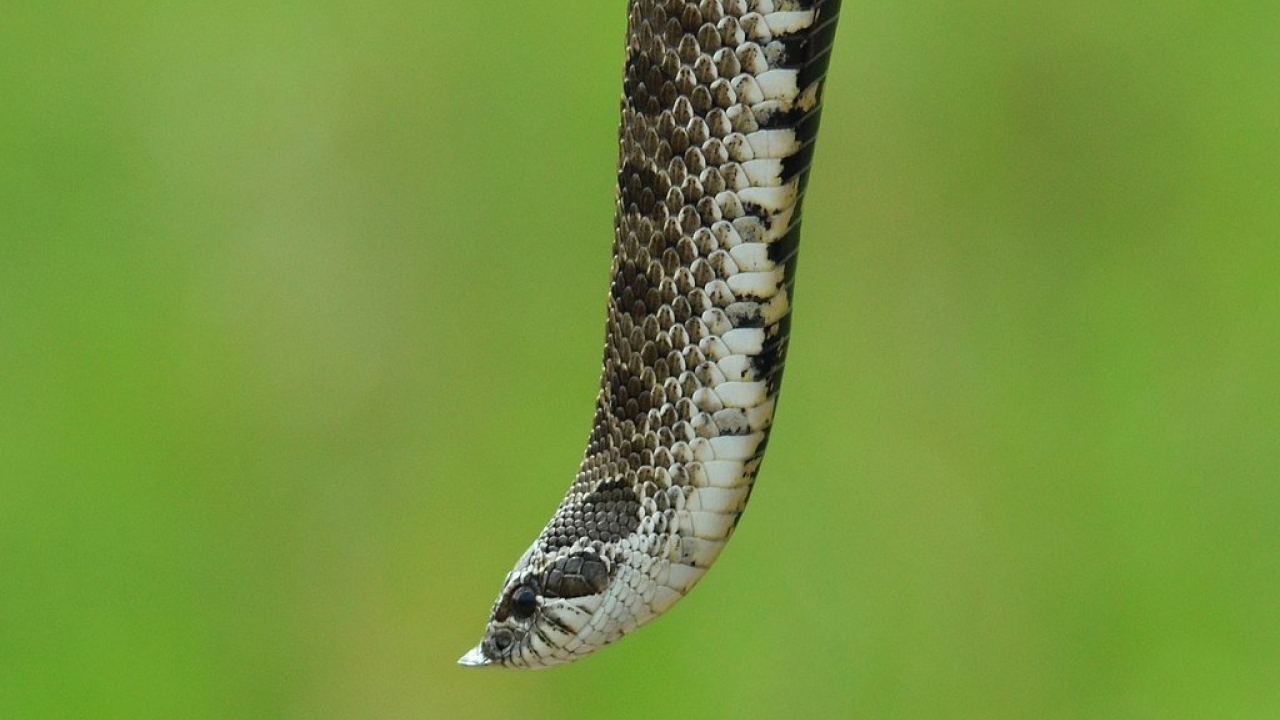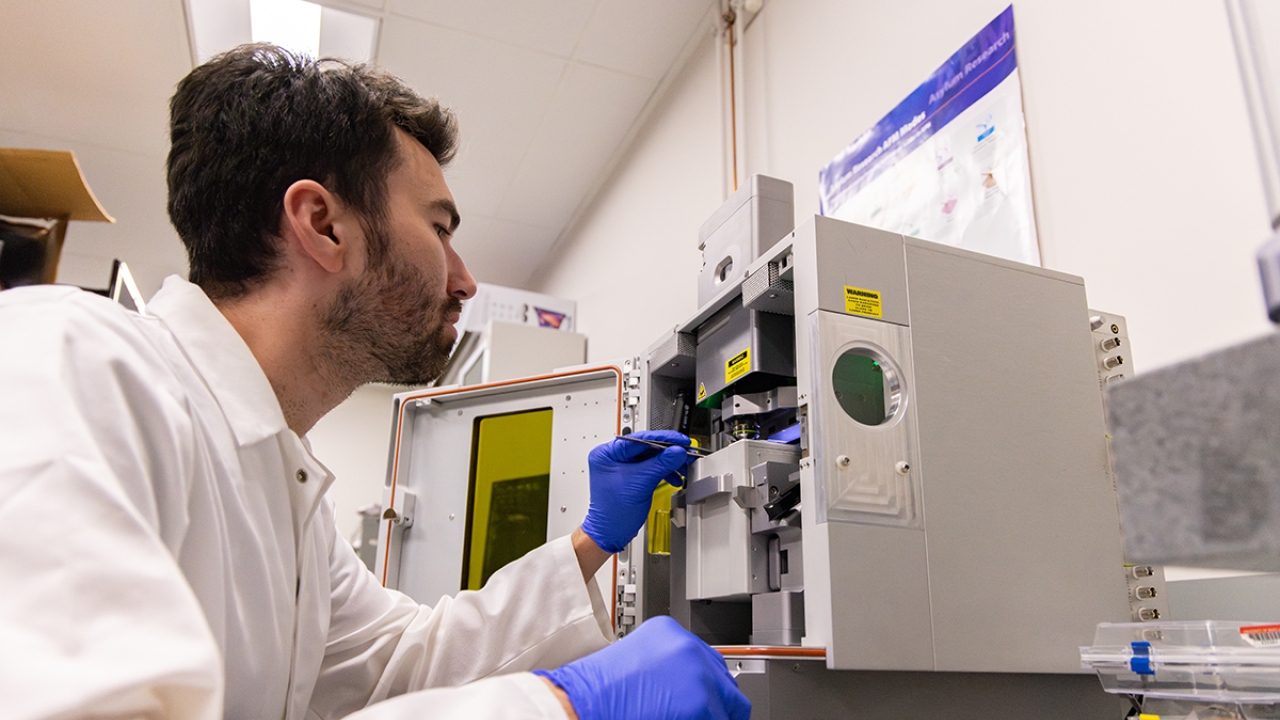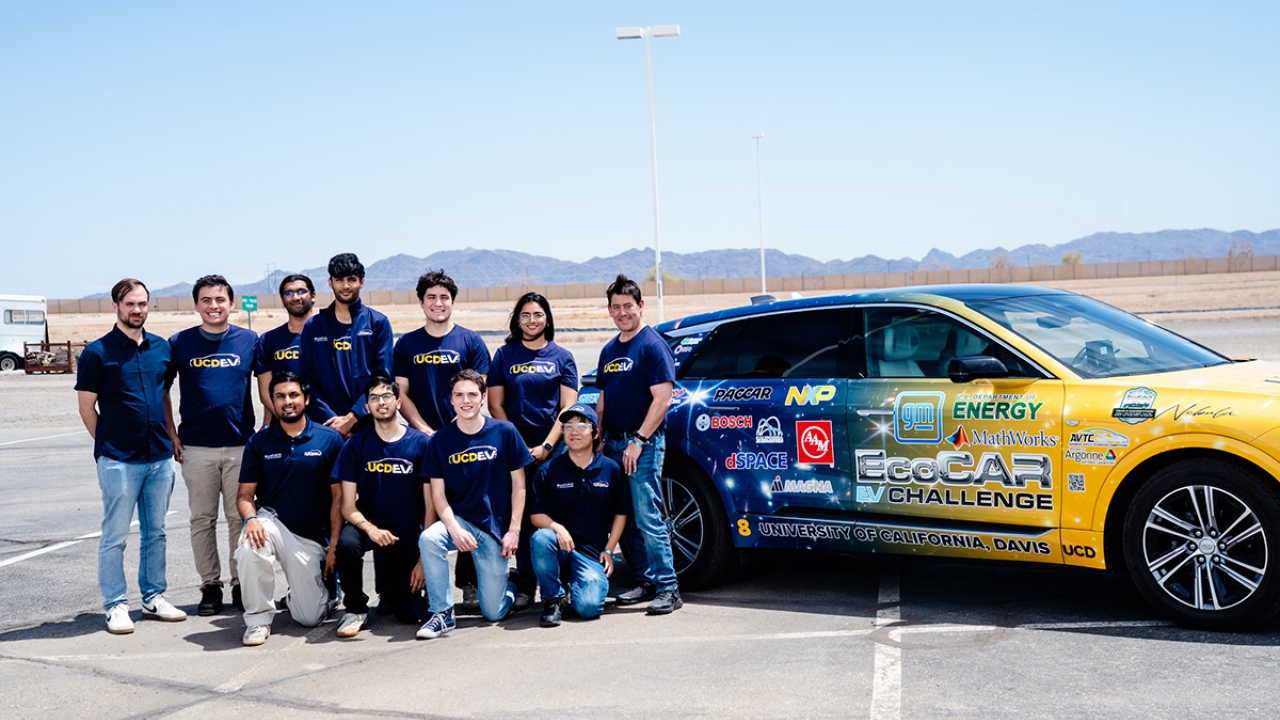
Piles Inspired By Snakeskin
Research Engineers at NHERI UC Davis look to nature for new ways to strengthen the built environment
Can age-old, naturally selected biological designs help solve modern engineering problems? Engineers in the field of biogeotechnics think so.
Bioinspired geotechnical engineering, naturally cross-disciplinary, involves careful examination of biological systems and organisms, extrapolating promising systems into practical — and human-scaled — designs, and then verifying the performance of those designs in the field.
It’s happening at the UC Davis Center for Geotechnical Modeling, where researchers use the facility’s large geotechnical centrifuges for testing the viability of bioinspired designs — in particular those focused on the interactions between soils and structures. The CGM is part of the NSF-funded Natural Hazards Engineering Research Infrastructure, NHERI.
Media Resources
This article originally appeared in DesignSafe. DesignSafe is utilized by natural hazards researchers as an environment to store, analyze, curate, publish, and discover data with a community of peers.
Marti LaChance is the Communications Manager for the Natural Hazards Engineering Research Infrastructure.




